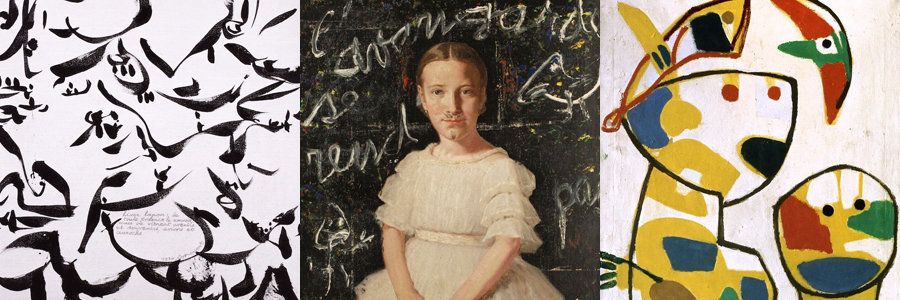Have you heard of Cobra, the 20th century, post-war art movement privileging all things folk, kitsch, lowbrow, populist and "primitive"? Don't feel bad, I hadn't either. For today's edition of revisiting the forgotten gems of art history, read on.
Cobra -- or CoBrA, if you prefer -- is an art movement merging figuration and abstraction, named after the cities of Copenhagen, Brussels and Amsterdam. Despite the clean and tidy way the movement is framed in (or excluded from) history books -- as a North European movement existing from 1948 until 1951 -- the reality is much more complex.

In the words of Alison M. Gingeras: "Cobra was wonderfully messy, cacophonous, and multi-tentacled." The multivalent movement, without a defining origin or aesthetic, revolved around a shared interest in improvisation, collaboration and freedom from Western cultural tradition. Instead of honoring the art historical classics, Cobra lauded what dwelled on the fringes: camp, folk art, children's art, and the art made in psychiatric hospitals.
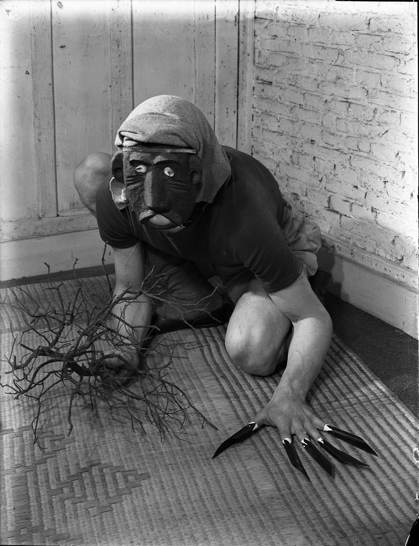
In part because of the radically expansive orbit of the movement -- its lack of clear beginning or end, its nonpartisan acceptance of media and materials, its seemingly endless bounty of inspiration culled from all times and places -- Cobra was never fully embraced by the marketplace or the history books.
But gallery Blum & Poe is set to bring Cobra out of relative obscurity and into the art conversation, revisiting the figures who shaped the international art scene. Titled "The Avant-Garde Won’t Give Up: Cobra and Its Legacy," the group exhibition features multimedia works from the movement's key players. Some worked in sculpture, others paint; some idolized the naive scrawl of a child's hand, others the sophisticated curl of Chinese calligraphy. The only thing tying the following artists together is their mutual desire to create new and radical art, together, by any means necessary.
Today, though the word Cobra remains largely unspoken, its influence is everywhere: from the widespread popularity of "outsider art" to the ever-growing appreciation of bad taste. In anticipation of the exhibition, we've compiled a brief primer on the artists on view. Read on to learn more about the creative minds behind your new favorite art movement.
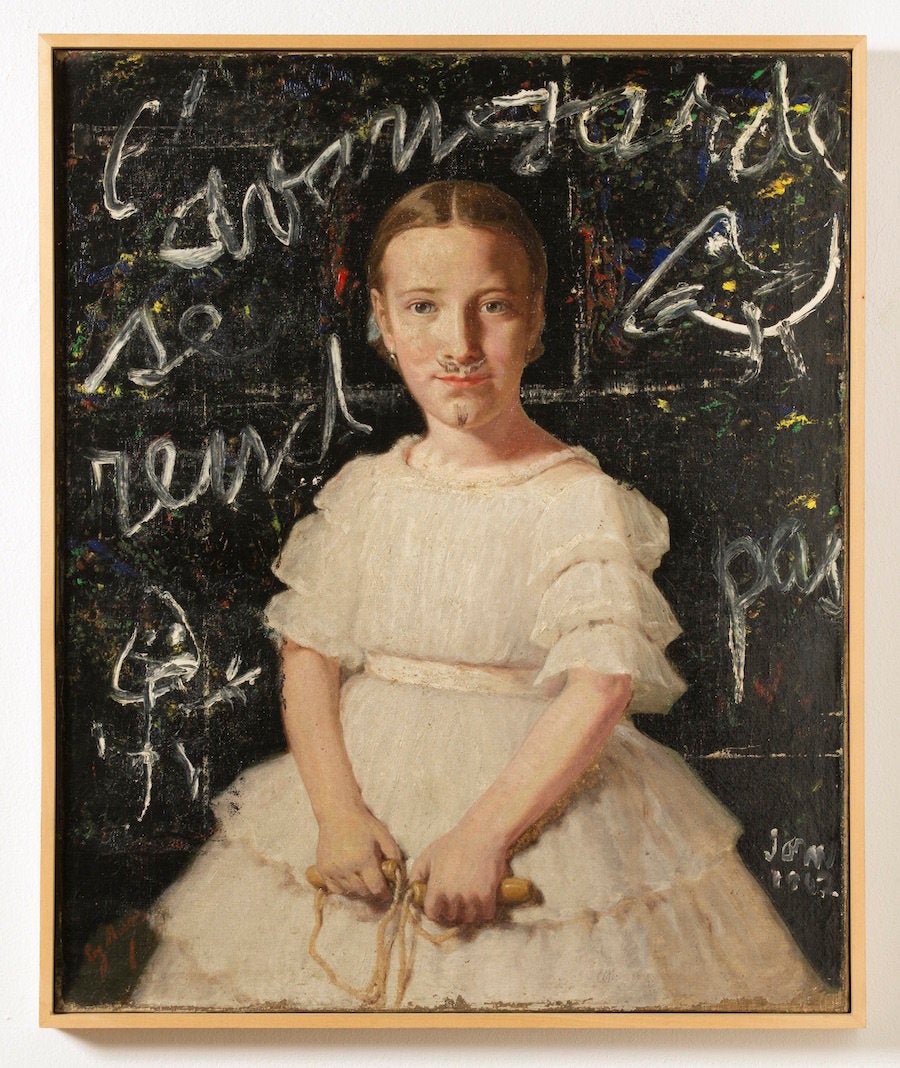
Jorn was the charismatic and intelligent force at the center of the Cobra storm, without whom the entire movement would probably never have flourished. Believing art was "a fundamental human expression of community and an oppositional tactic rather than an individualist statement," Jorn's artwork was constantly entwined with politics and theory.
Working in a wide spread of media including painting, sculpture, drawing, tapestry, ceramics, printmaking, décollage and graphic design, Jorn was not interested in crafting a single, legible style. He was interested in ushering in a new art movement, culling from low-brow and kitsch wells including tattoo designs, mainstream magazine illustrations and children’s art. His piece above, from which the exhibition takes its name, features a thrift store painting of a bourgeois girl with a mustache doodled on, with the words "the avant-garde won’t give up" jotted in the background.
Despite his immense influence in the art world, Jorn's accomplishments remain largely overlooked. This may or may not have something to do with the fact that when Jorn was awarded the Guggenheim Prize in 1963 he responded: "Go to hell with your money, bastard."
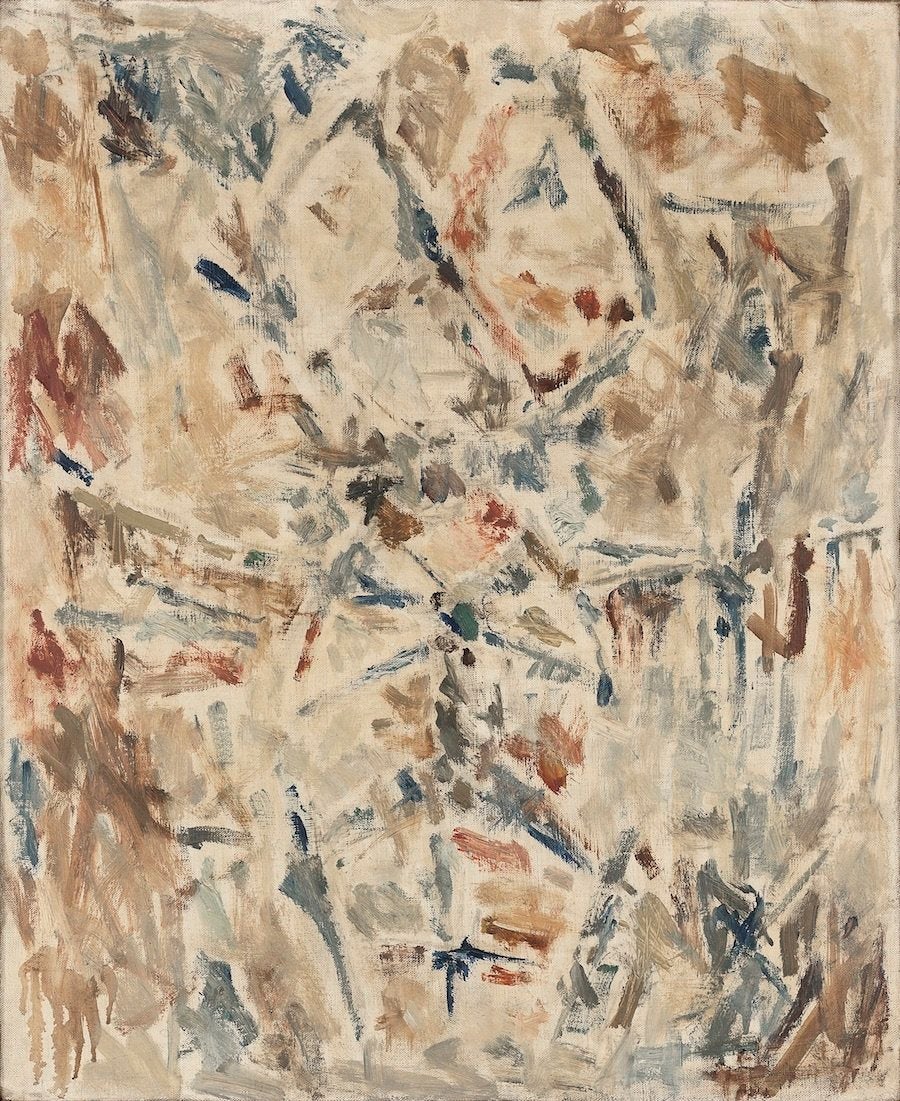
Mancoba was born in South Africa during the Apartheid era, and became interested in artwork that combined African imagery -- South African textiles and West African mythical figurines -- and religious themes. His most notable early work, perhaps inspiring Chris Ofili later down the line, is a representation of the Virgin Mary as a black African woman in 1929.
Later in his career, Mancoba shifted from the non-Western motifs and decorative masks that defined his work to a more abstract style. The entire time, however, the artist worked to transcend binaries of white and black, insider and outsider, primitive and modern through his work. In part due to the rampant racism in South Africa during Mancoba's lifetime, his legacy as an artist is tragically under-acknowledged.
In an interview during the final year of his life, Mancoba commented on being one of the only black artists in the Cobra movement: "The embarrassment that my presence caused to the point of making me, in their eyes, some sort of ‘Invisible Man’ or merely the consort of a European woman artist -- was understandable, as before me there had never been to my knowledge any black man taking part in the visual arts ‘avant garde’ of the Western World."
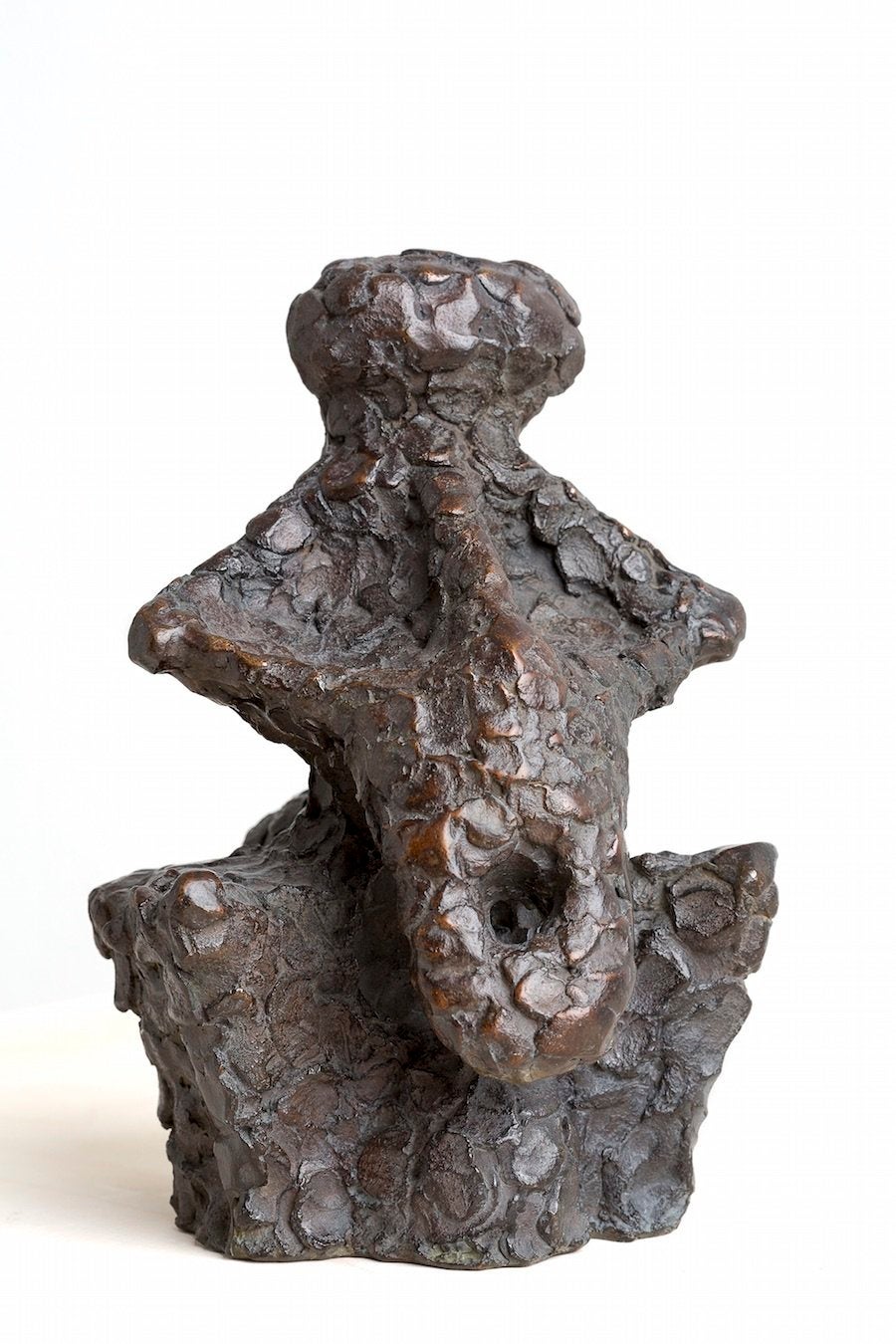
Ferlov, who eventually married Mancoba (hence the quote above), grew up in Copenhagen, where she became interested and involved with Surrealist aesthetics. She met Mancoba in Paris, when the two were captivated by ethnographic and non-Western objects as artistic inspiration. Later in life, she devoted more time to her sculptural practice, interweaving aspects of African, Pre-Columbian, Nordic and Greenlandic art throughout.
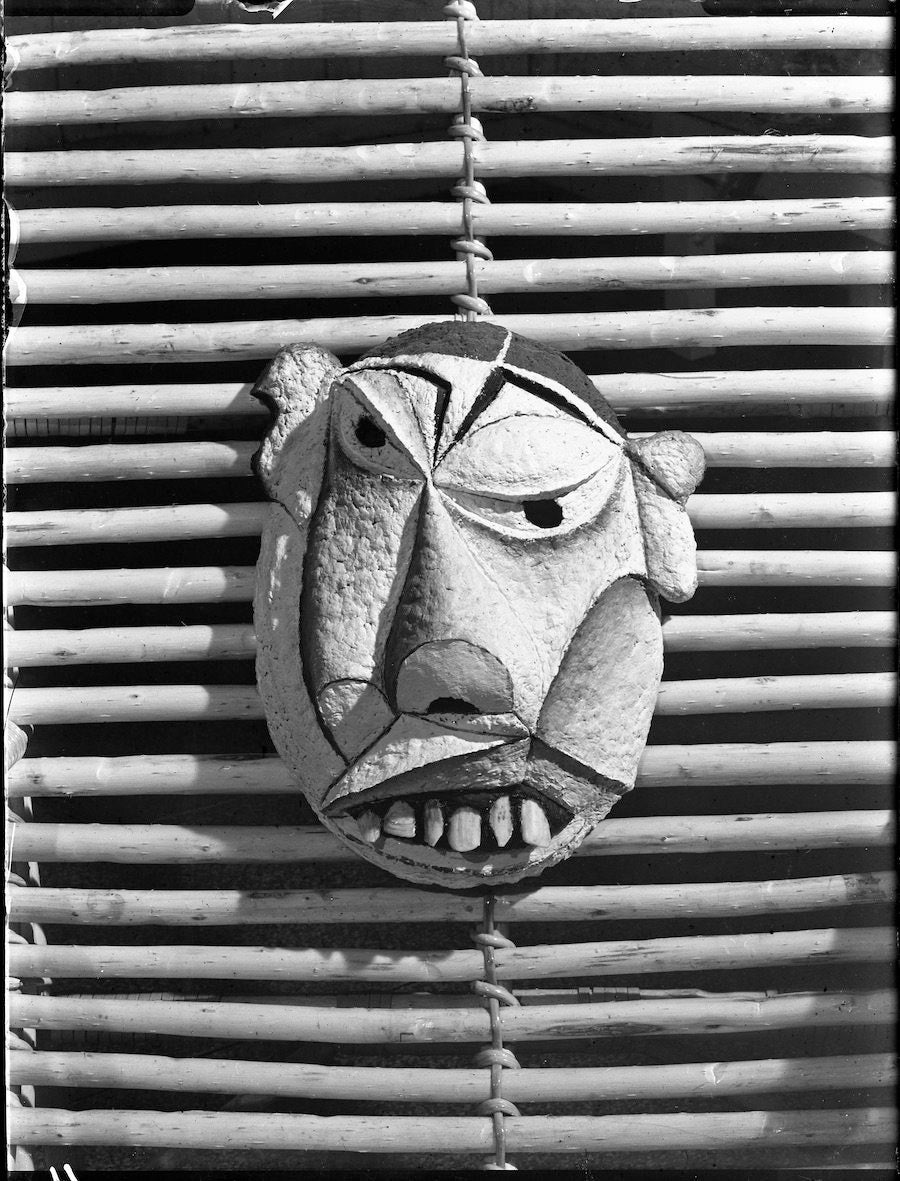
Brands' main artistic obsessions were ephemeral masks, most of which only exist today via the performative photographs snapped of the objects in action. The reasoning behind Brands and others' immense fascination with masks was outlined by the Helhesten artists in their "New Realism" manifesto: "Primitive peoples … in order to express psychic experiences in dramatic form … bring before the face a mask, which is something wholly different than a face. A totally new creature comes into being, neither animal nor human, created by the artist’s fantasy and in accord with human psychic needs."
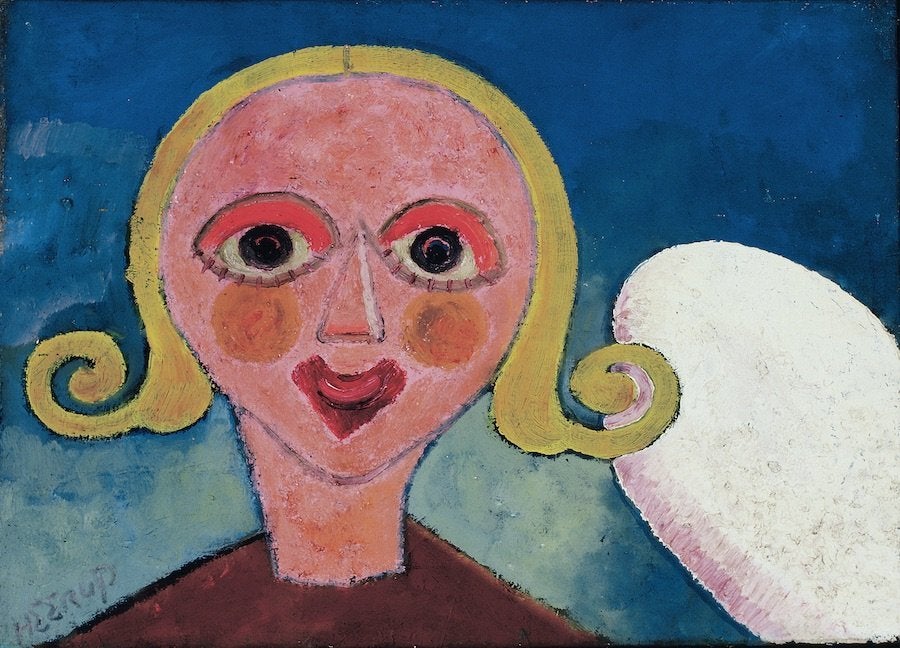
Heerup's work, distinct from the dominant Cobra style of gestural brushstrokes, is at once personal and universal, bound up in his unique experience and as if belonging to another time and place altogether. Inspired by ancient folk art, Heerup adopted a naive style despite being highly educated and trained.
As Christian Dotremont expressed in a letter: "You must imagine this painting that is BOTH deliberate and naive like its author, this crude and Surrealist painting, this simple and complicated painting made up of infinite allusions and finite illusions, this sad and joyful, lively painting, in a word, these are indeed talking paintings."
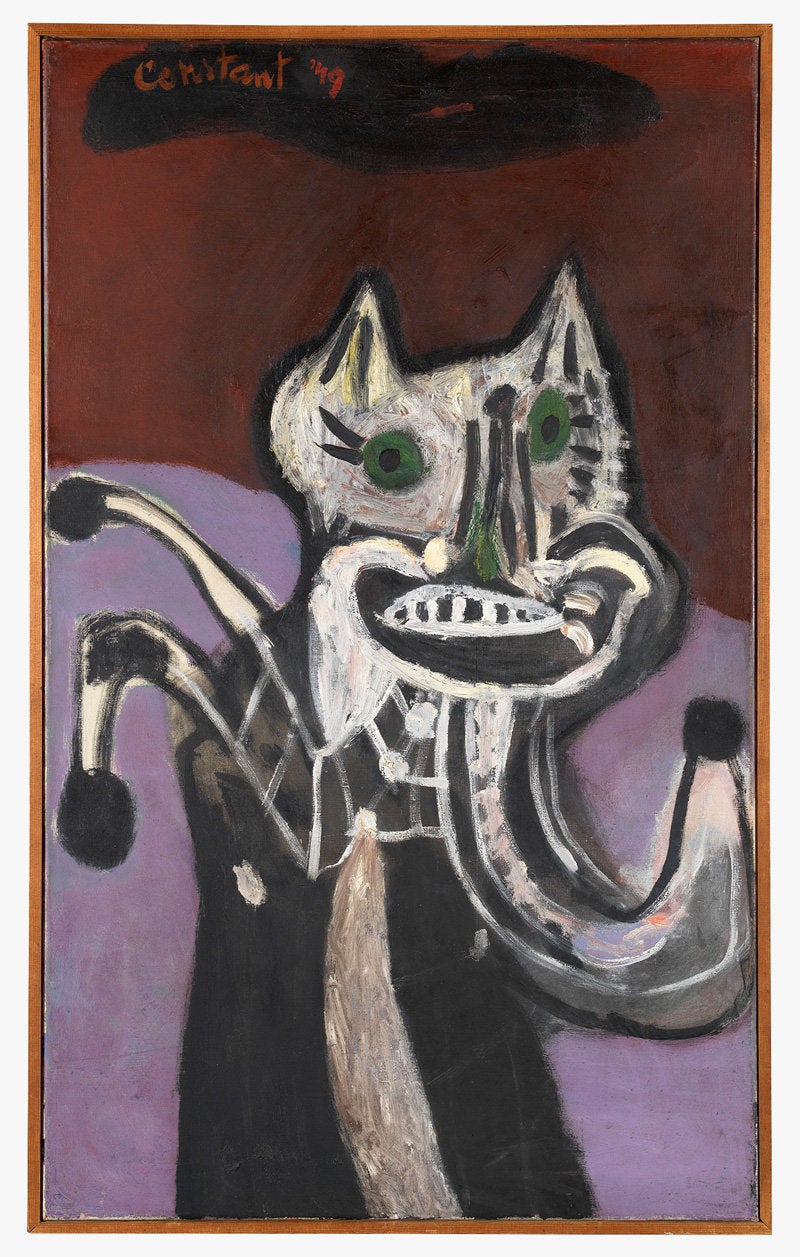
Constant Anton Nieuwenhuys, better known as Constant, was an avid artist since he was a child -- immersing himself in drawing, poetry and many musical instruments. In 1946, Constant met Asger Jorn, and the friendship between the two became the impetus for Cobra.
At the core of the movement was the belief that high, classical culture was a hindrance to freedom and should thus be destroyed. In a Cobra manifesto titled "Reflex," Constant wrote: "A painting is not a structure of colours and lines, but an animal, a night, a cry, a man, or all of these together."
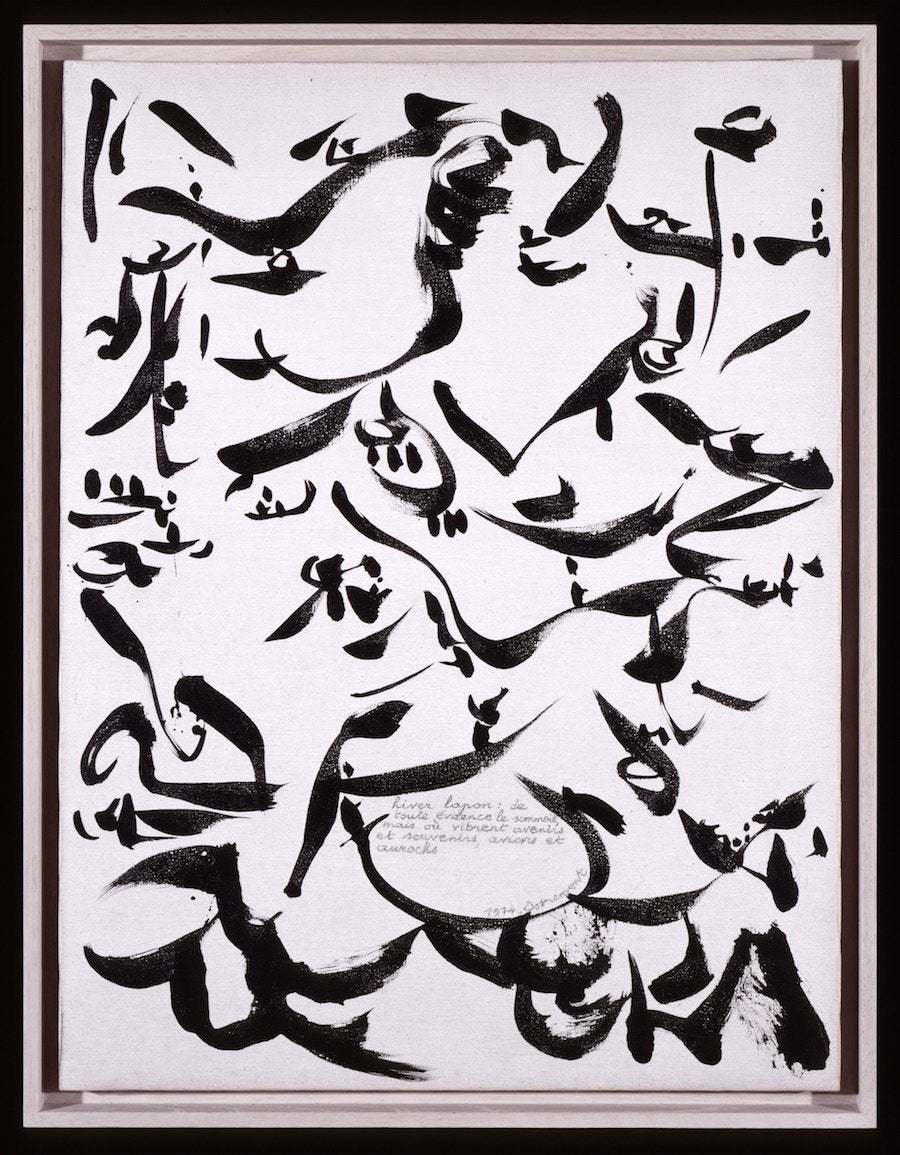
Dotremont, a poet, is often regarded as the glue who kept the Cobra artists together. As the man responsible for the Cobra Review, Dotremont consolidated ideas and united artists located far away from each other. He was also responsible for a series of one-word paintings he called “logograms" -- words scrawled on large pieces of paper, at once conveying a message and presenting an image. Chinese calligraphy too played a large role in Dotremont's work, notably the swift fluidity of the black brushstrokes.
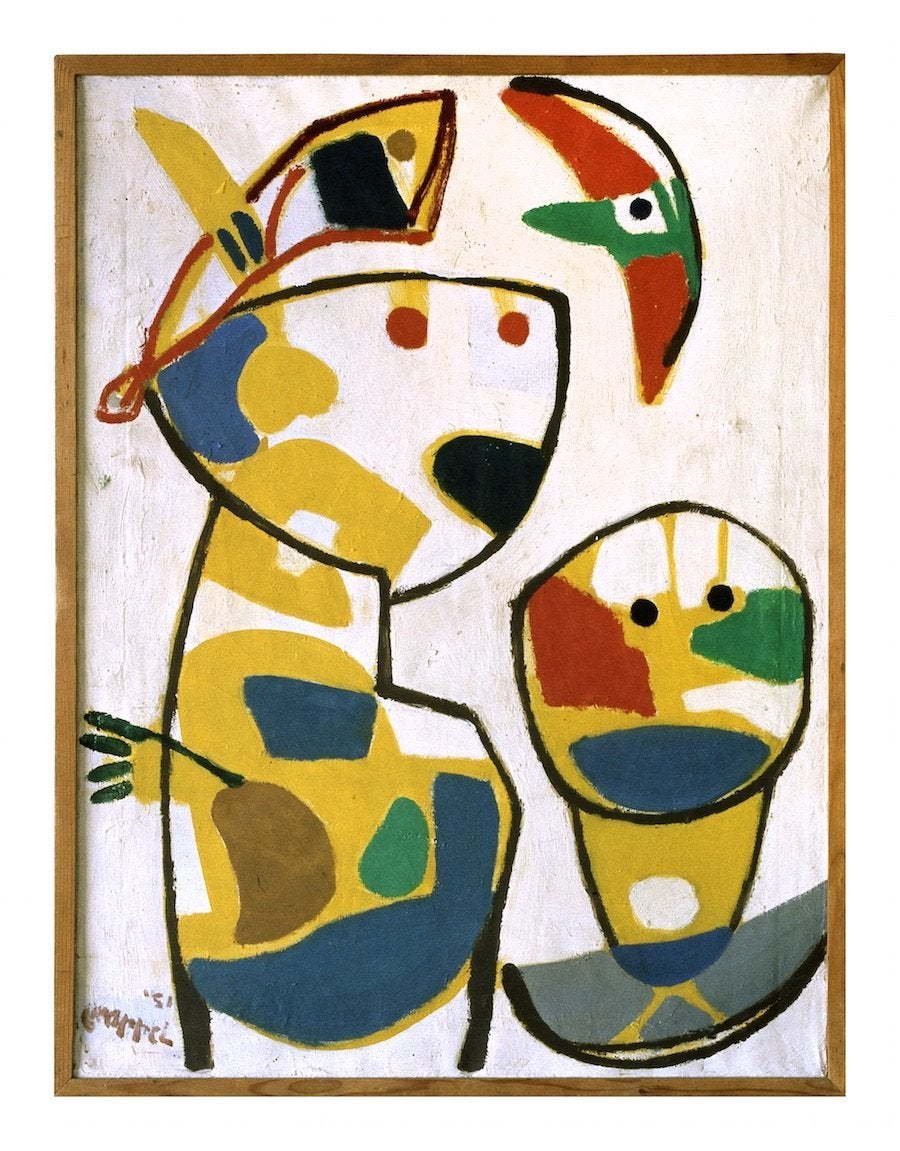
Appel banded together with artists including Constant and Jorn in the aftermath of World War II. Perhaps some of the political turmoil of the time contributed to the naive aesthetic artists like Appel gravitated toward. "We wanted to start again like a child," he said. "The child in man is all that’s strongest, most receptive, most open and unpredictable."
Appel later became interested in art produced in psychiatric hospitals and made his own work inspired by inmates' visions. He covered medical texts in colorful scribbles and spontaneous drawings, juxtaposing the authoritative and procedural base texts with something utterly primitive and instinctual.
"I never try to make a painting, but a chunk of life," Appel said in an 1953 interview. "It is a scream; it is a night; it is like a child; it is a tiger behind bars."

Japanese-American Tajiri, born in Los Angeles, proves the international nature of a movement too often falsely categorized as insular. At 22 years old, Tajiri was placed with his parents in an internment camp for people of Japanese descent. He then joined the American army, serving in Italy, and when in Europe dove into his artistic education.
In "St. George and the Dragon," Tajiri takes on the allegorical subject of the knight slaying the dragon, imbuing it with personal meaning from his own victory overcoming racism in America and forging an artistic identity. This intimate and political work also touched on the idea of man as a "human animal," a common thread throughout many Cobra works.
"The Avant-Garde Won’t Give Up: Cobra and Its Legacy" runs at Blum & Poe in New York from September 9 until October 17, 2015 and at Blum & Poe in Los Angeles from November 5 until December 23, 2015.
